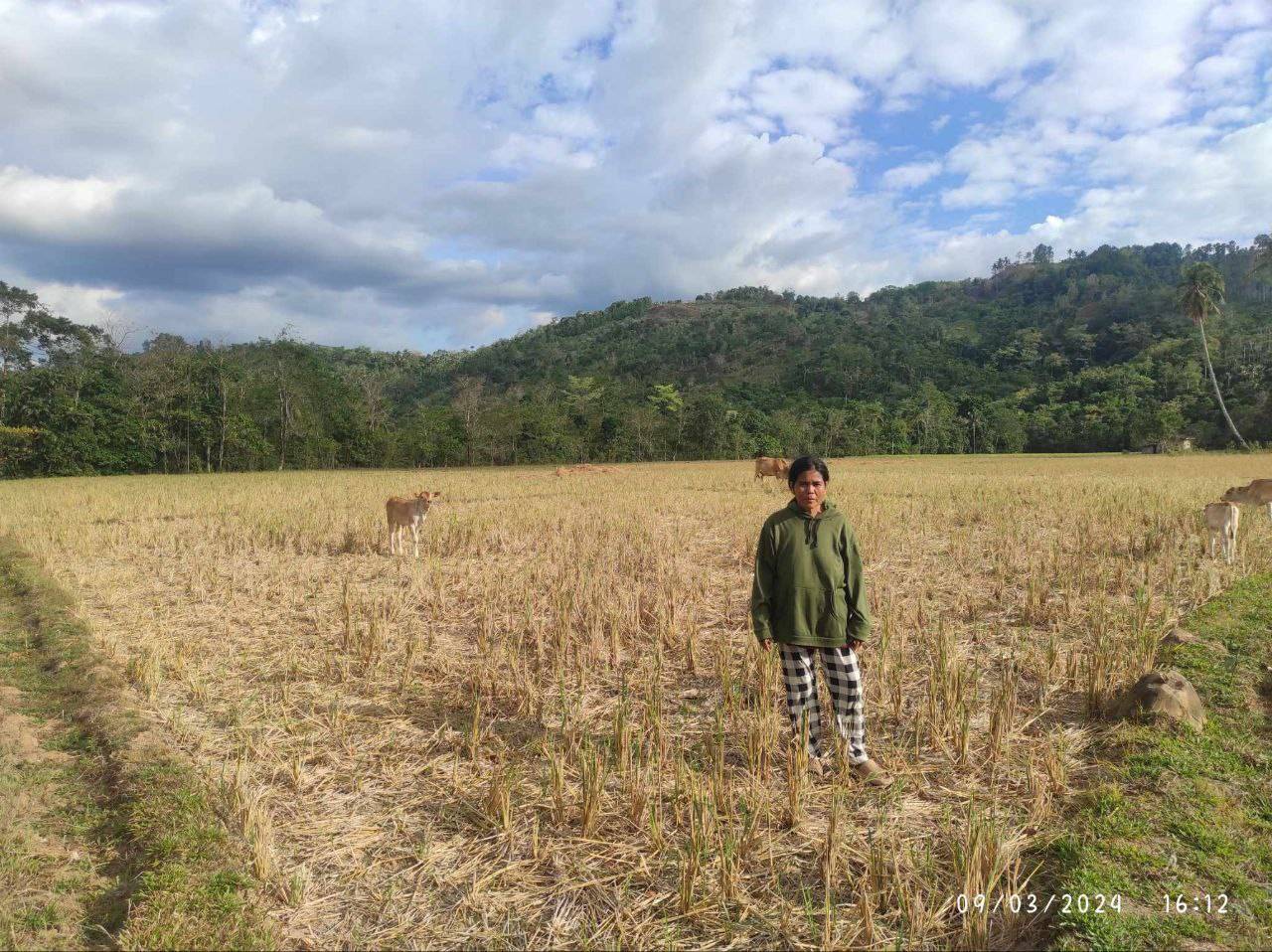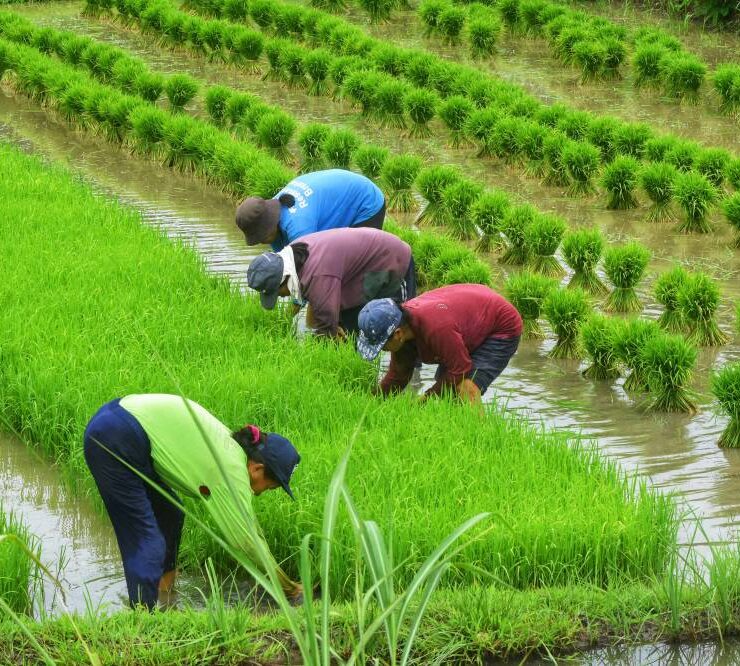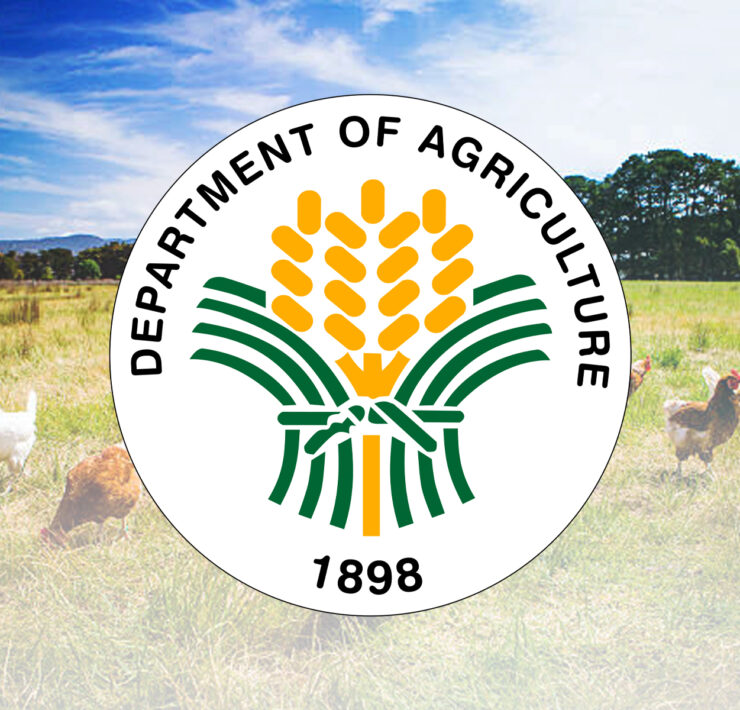El Niño-La Niña duo setting up PH for weak palay yield

The Philippines may produce less palay (unmilled rice) in 2024, with both the El Niño and La Niña phenomena spoiling the country’s output one after the other.
Flordeliza Bordey, Philippine Rice Research Institute (PhilRice) deputy executive director for special concerns on the implementation of Rice Competitiveness Enhancement Fund, said this year’s palay production may remain the same or even decline from last year.
“We are looking at that scenario but it’s also possible that if there are more calamities for the rest of the year, then we may not be able [to increase production],” Bordey said on the sidelines of SS Rice News Network 2024 held in Taguig City.
“With that, we are hoping that we will still be able to produce the majority of what we get here in the country,” she said during the event’s panel discussion.
Decrease in first half
In the first six months of 2024, the Philippines produced 8.53 million metric tons (MT) of palay, dropping by 5.5 percent from 9.03 million MT in the same period a year ago, data from the Philippine Statistics Authority showed.
The country achieved the highest palay output of 20.06 million MT in 2023, an increase of 1.5 percent from 19.76 million MT a year prior. It exceeded the previous record of 19.96 million attained in 2019.
With such performance in the first half, the Department of Agriculture had estimated this year’s production to reach just 20.44 million MT.
Developing new varieties
During the House of Representatives’ budget hearing early this month, however, Agriculture Secretary Francisco Tiu Laurel Jr. recognized that this year’s volumes might be flat largely because of the El Niño-induced dry spell that largely affected farmers’ harvest in the first semester amid below-normal rainfall conditions.
“[Because] we were hit by El Niño for this year and in the second half, [we have the] La Niña [phenomenon], we’re hoping for parity versus last year,” Tiu Laurel had said. La Niña is the opposite as it tends to bring heavy rains and flooding.
Bordey said PhilRice would continue developing more varieties with better probability of surviving the El Niño phenomenon and natural calamities that might hit the archipelago.
“Weather permitting, the seeds that we are distributing are of high quality that can improve the yield of our farmers, but there are so many factors affecting our production,” she said.
“Even if we have better crop stands, if a calamity will hit the country, we cannot say if palay production can increase,” she added.
According to Bordey, PhilRice is currently hitting targets in the distribution of inbred rice seeds, whose yield improved by almost 4.4 tons per hectare in 2023 as opposed to 3.6 tons per hectare in 2019.





















